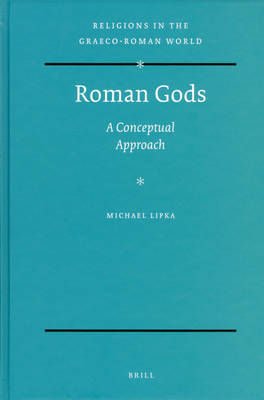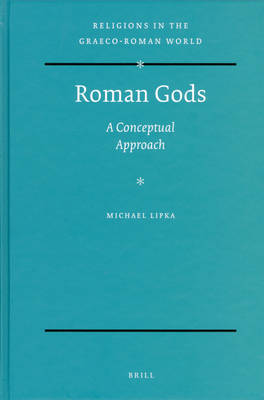
- Afhalen na 1 uur in een winkel met voorraad
- Gratis thuislevering in België vanaf € 30
- Ruim aanbod met 7 miljoen producten
- Afhalen na 1 uur in een winkel met voorraad
- Gratis thuislevering in België vanaf € 30
- Ruim aanbod met 7 miljoen producten
Zoeken
Omschrijving
The book is concerned with the question of how the concept of "god" in urban Rome can be analyzed along the lines of six constituent concepts, i.e. space, time, personnel, function, iconography and ritual. While older publications tended to focus on the conceptual nature of Roman gods only in those (comparatively rare) instances in which different concepts patently overlapped (as in the case of the deified emperor or hero-worship), this book develops general criteria for an analysis of pagan, Jewish and Christian concepts of gods in ancient Rome (and by extension elsewhere). While the argument of the book is exclusively based on the evidence from the capital up to the age of Constantine, in the concluding section the results are compared to other religious belief systems, thus demonstrating the general applicability of this conceptual approach.
Specificaties
Betrokkenen
- Auteur(s):
- Uitgeverij:
Inhoud
- Aantal bladzijden:
- 232
- Taal:
- Engels
- Reeks:
- Reeksnummer:
- nr. 167
Eigenschappen
- Productcode (EAN):
- 9789004175037
- Verschijningsdatum:
- 24/04/2009
- Uitvoering:
- Hardcover
- Formaat:
- Ongenaaid / garenloos gebonden
- Afmetingen:
- 165 mm x 246 mm
- Gewicht:
- 517 g

Alleen bij Standaard Boekhandel
+ 448 punten op je klantenkaart van Standaard Boekhandel
Beoordelingen
We publiceren alleen reviews die voldoen aan de voorwaarden voor reviews. Bekijk onze voorwaarden voor reviews.








